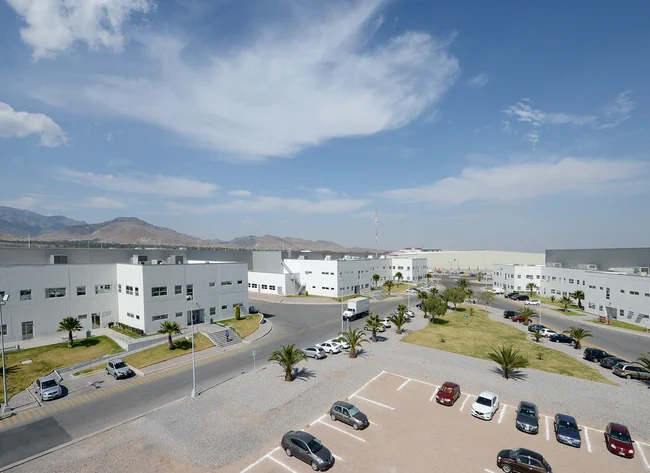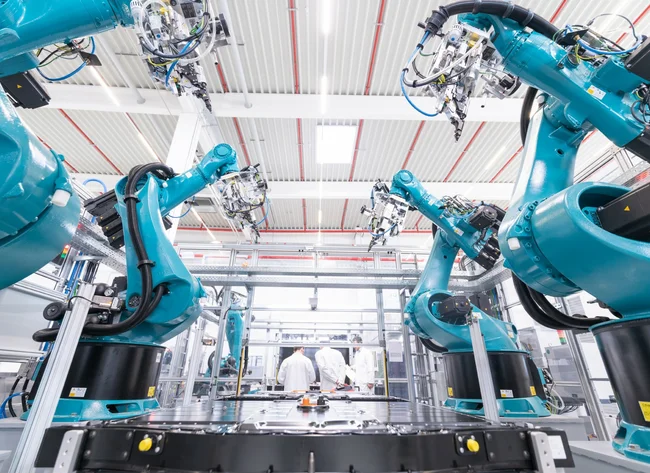From idea to innovation
The electrical system connects all relevant components in the vehicle. The more complex the car is, the more complex the wiring harness has to be. While a relatively simple cable was enough for the Goggomobil, the size of the wiring systems had greatly increased over the years as more and more electronic components had to be supplied with power.
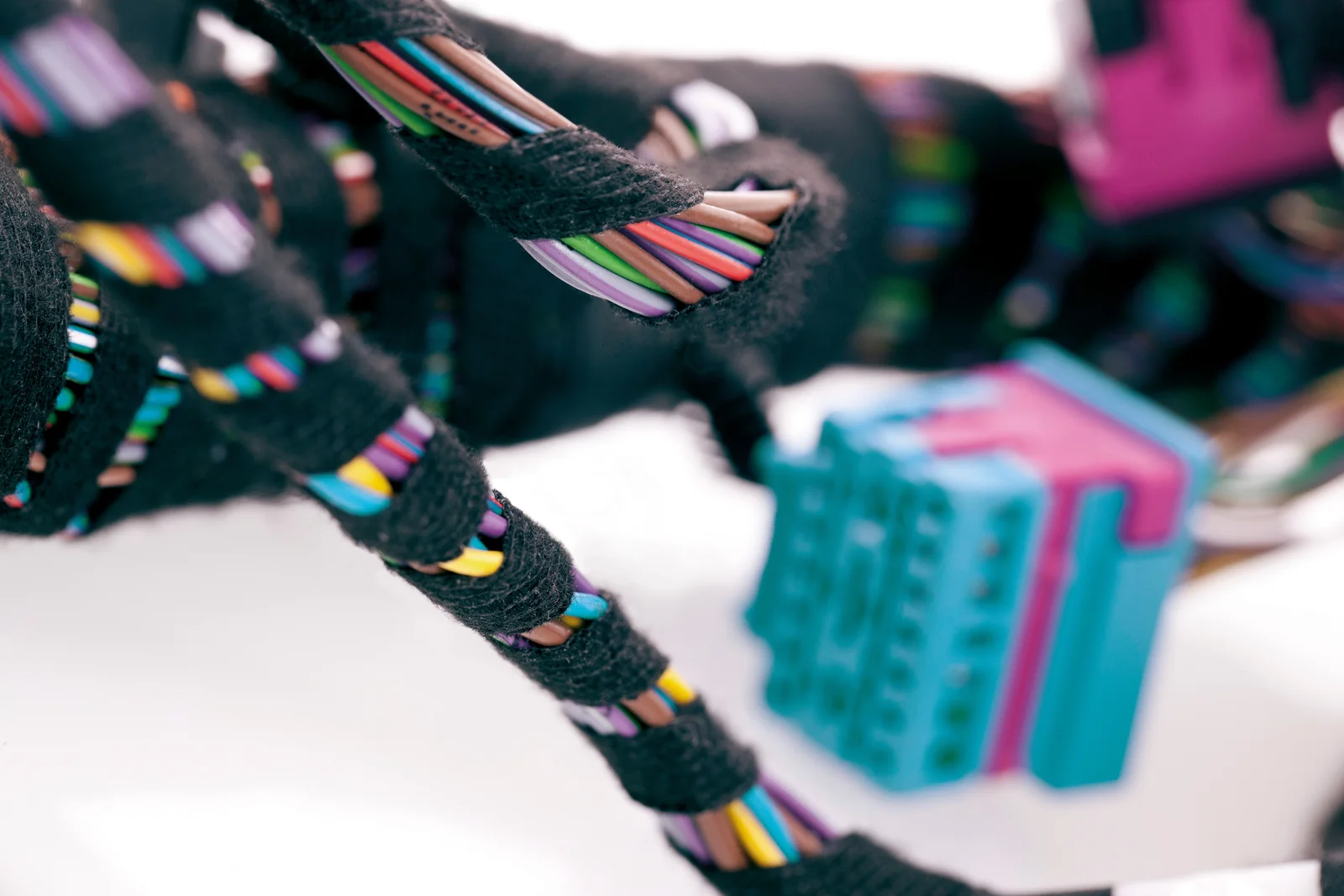
Inventing the customer-specific wiring harness
Today, customers can configure their cars online before they order them. Many of these individual features depend on an electrical system. In 1990, DRÄXLMAIER already developed the customer-specific wiring harness, or KSK for short. The KSK offers 1031 options for individual branches.
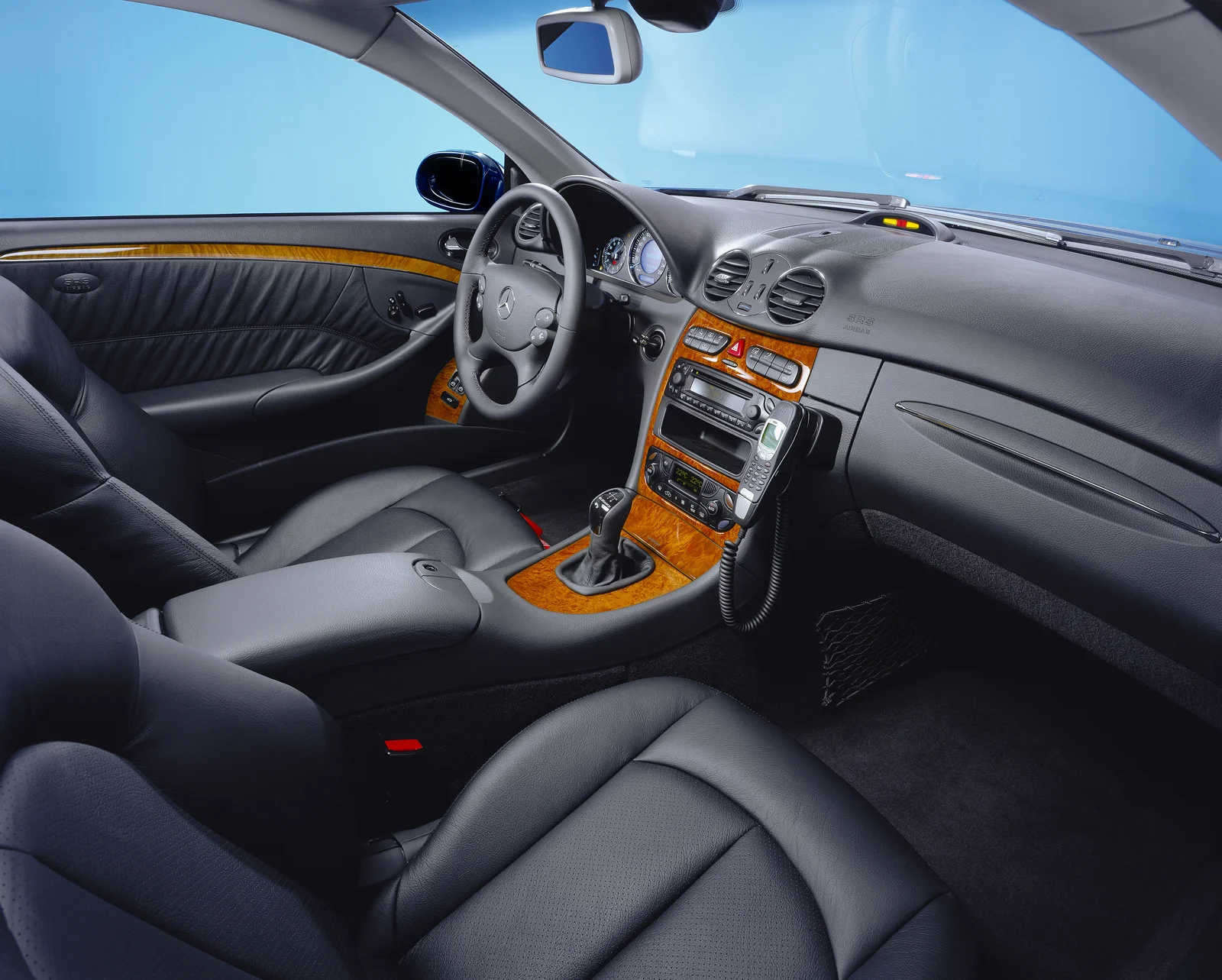
System supplier for interiors
With the order for the Mercedes-Benz CLK cockpit, DRÄXLMAIER became a system supplier for vehicle interiors in 1994. The company was responsible for all process steps—from development to quality assurance. In 1995, DRÄXLMAIER expanded into Mexico. A site was opened in Reynosa, near the U.S. border.
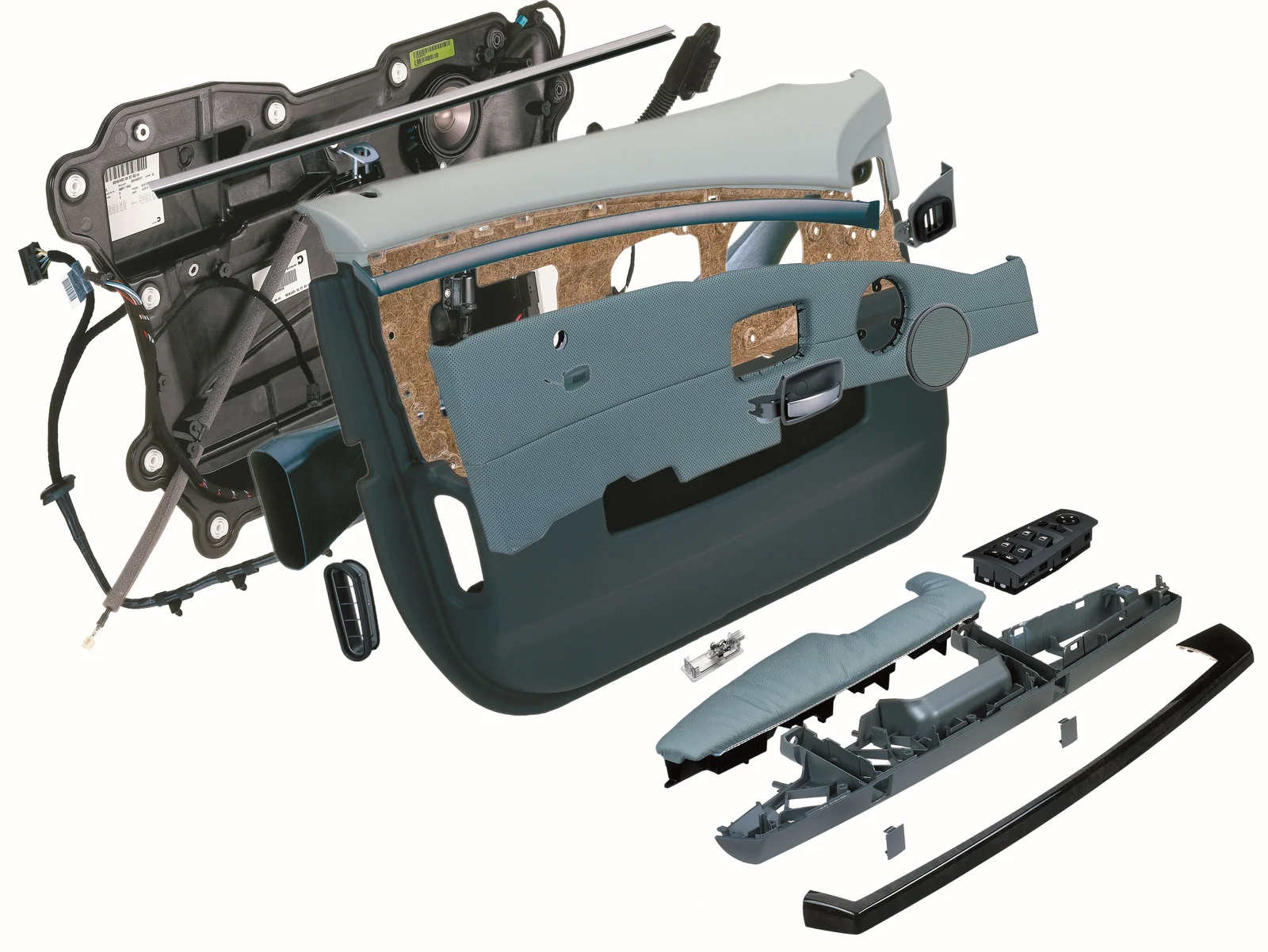
On the way to functional integration
In 1997, DRÄXLMAIER developed a functionally-integrated door module. The door for the BMW 7 Series was the first interior module that integrated all electrical and electronic functions of a door into a complete system. Shortly thereafter, BMW also ordered the functionally-integrated center console for this model from DRÄXLMAIER.
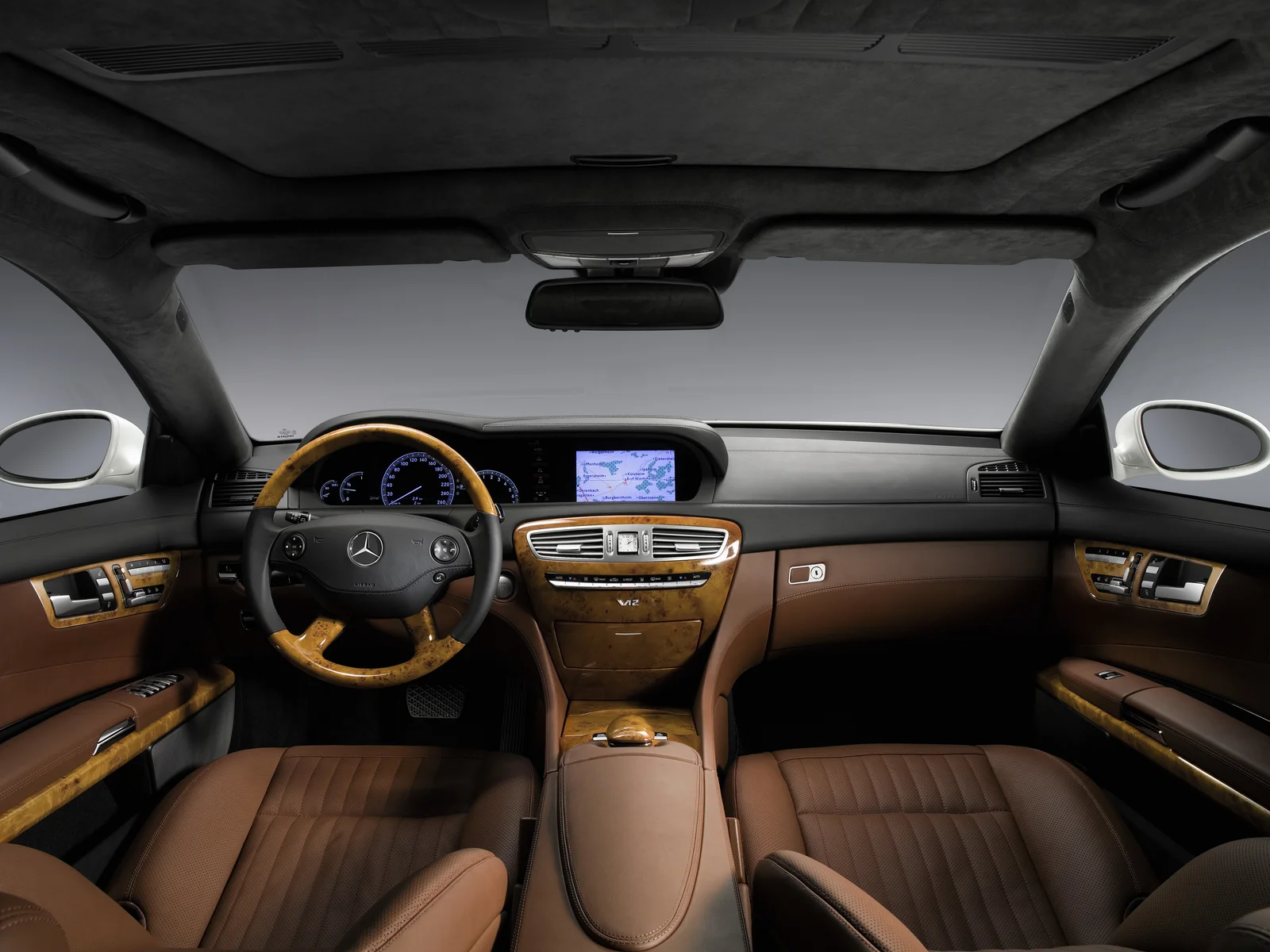
Even more orders
As the first system supplier, DRÄXLMAIER developed and produced a full-leather interior for the Mercedes-Benz CL Coupé. This was followed by interior orders for the BMW Z8 and the Maybach luxury limousine. DRÄXLMAIER also supplied the electrical system for all three models.
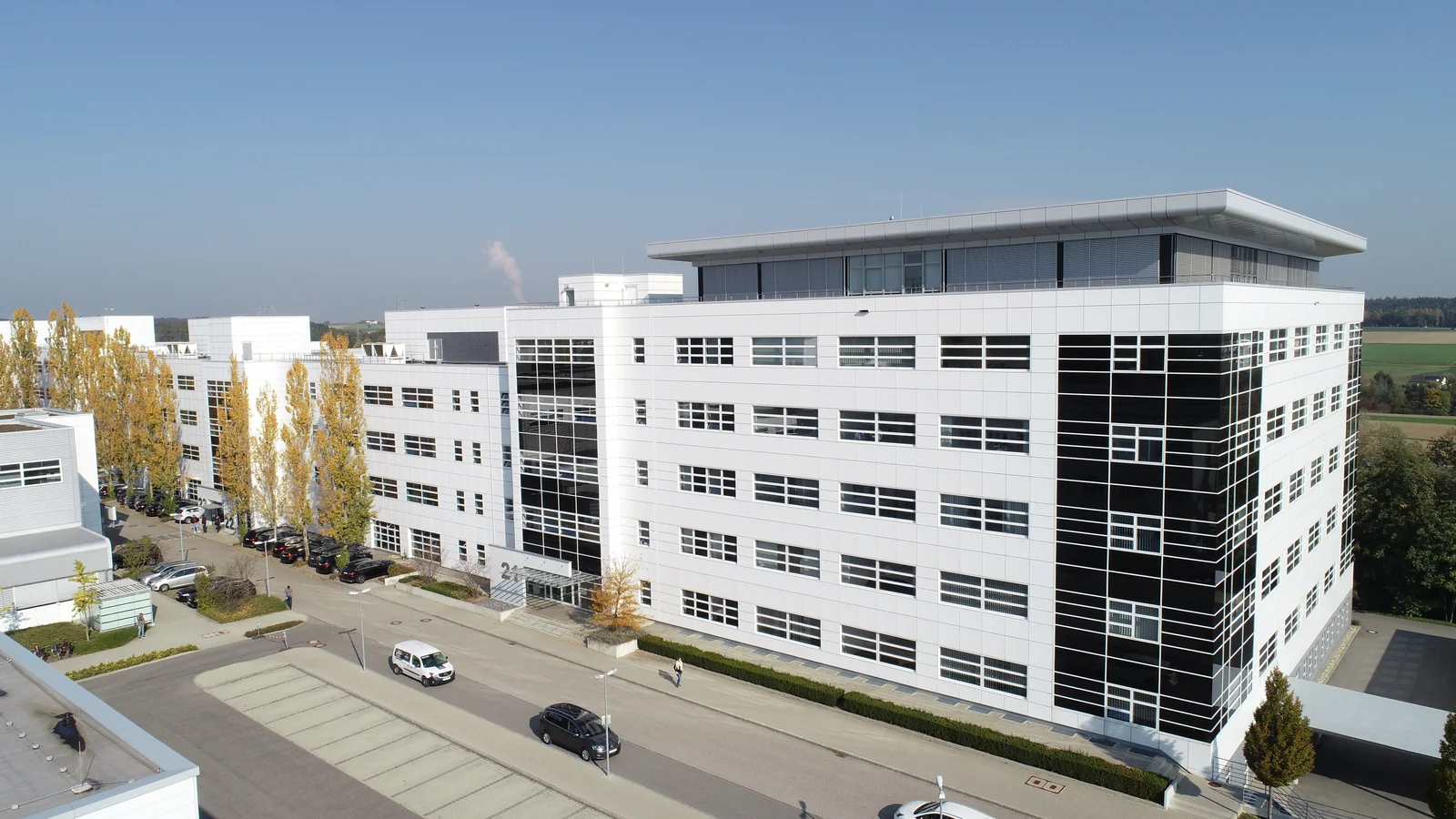
Opening of the technology center
This is how the company came to establish itself as a specialist for the premium segment, which unifies both production technologies under one roof. In Vilsbiburg, the DRÄXLMAIER Technology Center was opened in 1998.

